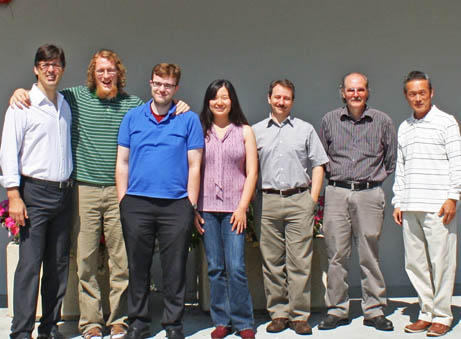The SENtral Motion Coprocessor is a unique IC from a small company focused on sensors. And what a good time for this focus. Sensors everywhere! And it is a Product of the Year Award winner. Here's some background on this excellent product's development.
The SENtral sensor fusion coprocessor from PNI Sensor can pull in data from complex systems with gyroscope, accelerometer, and magnetometer sensors that are often found in mobile and wearable devices. The chip offloads complex sensor algorithm processing from a main CPU and takes only a few hundred microamps while doing so. It will consume only about 1% of the power a standard CPU needs to perform the task. By managing all three sensors, the IC outputs heading and accurate absolute and relative motion tracking data, at up to a 400-Hz rate. And this is all done in a tiny 1.6 × 1.6 × 0.5-mm device.
PNI came up with the sensor fusion hub concept in early 2011 and presented it to EM Microelectronics — their long term ASIC vendor and partner — and then put together the Sentral product concept in January 2012. Initially the power consumption requirement was less than 3 mA – and design came in over 10x better than that. And, PNI hit a home run with a fully functioning first metal mask exactly as planned in Q2 2013. The product has been a great success.

The PNI design team: left to right: Joe Miller, principal hardware engineer; Jay Trojan physicist; Ruairi Long, software and systems engineer; Evon Wang, engineering manager; Davy Figaro, physicist; Scott Campbell, mechanical engineer, Chul Soo Bae, sensor engineer.
The initial description of SENtral was a “sensor fusion hub” which was later changed to “sensor fusion coprocessor” and finally released as a “motion coprocessor.” The motivation here was to ride on the coat tails of Apple's marketing, since by then Apple had their M7 motion coprocessor.
The IC was architected for very complex 9-axis sensor fusion kalman filtering algorithms. PNI believes navigation, especially indoor navigation, will require this level of performance – combined with low power. Their next algorithm effort is to leverage the SENtral hardware architecture with their Pedestrian Deadreckoning (PDR) algorithms.
Advertisement
Learn more about PNI Sensor





